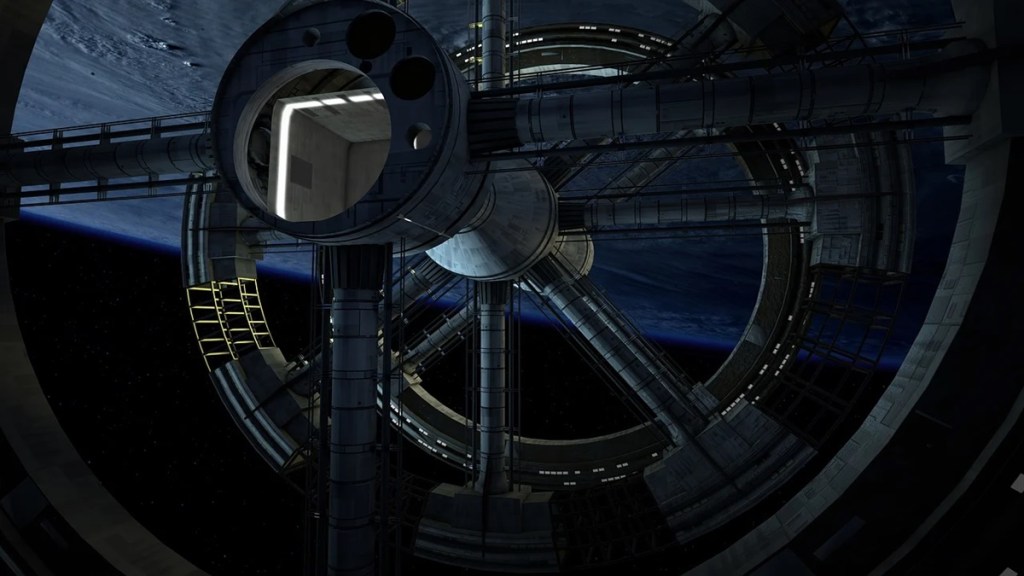As we all know by now, India has its eye on the goal of setting up the ‘Bharatiya Antariksha Station’ (BAS) by 2035, and sending the first Indian to the Moon by 2040. The prospect of India having its own space station has ignited imaginations worldwide. ISRO’s unique outpost in space promises to unlock new frontiers in scientific exploration, from conducting groundbreaking experiments to gaining insights into the long-term effects of space travel on humans. Let’s delve into what we know so far about the station’s design and current progress.
Bhartiya Antariksh Station: Design and Implementation
ISRO is meticulously examining the overall architecture, including the quantity and types of modules and docking ports required for BAS. From what reports suggest, this space station will feature fundamental components such as a crew command module, a habitat module, a propulsion module, and docking ports.
ISRO Chief S Somnath had last year stated that they aim to initiate the launch of the first module in 2028. Subsequently, within seven years, by 2035, ISRO plans to construct additional modules to achieve full operational status for the space station. The reason for this timeline is that their current rocket, the LVM-3, has a payload capacity of only 10 tonnes, hence the initial module to be launched in 2028 will weigh approximately eight tonnes. Somnath added that the future modules are anticipated to be larger, ranging from 20 to 25 tonnes. However, due to their size, they cannot be accommodated by the existing rocket. Consequently, ISRO is in the process of developing a new, more powerful rocket. Obtaining approval and completing its development is estimated to take approximately seven years. Once accomplished, ISRO will be able to launch heavier modules and establish operational capabilities to facilitate human presence on the space station.
The 2028 launch will involve a robotic module serving as a satellite, enabling docking, experimentation, and return. Human missions to the space station are envisioned to commence only after 2035. Somnath said that this outlines ISRO’s plan.
Bhartiya Antariksh Station to be smaller than International Space Station
The original blueprint for this endeavor took shape in 2019, when ISRO unveiled plans to establish its own space agency within the following decade, following the anticipated launch of India’s inaugural manned mission, Gaganyaan, by 2021. However, the onset of the Covid-19 pandemic resulted in delays, subsequently extending the project timelines.
Following the Gaganyaan mission, the next logical progression, as stated by the then ISRO chief K Sivan, was the establishment of a space station and eventual manned missions to the Moon. Sivan had emphasized the existence of a well-defined plan for these endeavors. Additionally, he mentioned that the Indian space station, upon completion, would operate independently from the International Space Station (ISS) and would be of a smaller scale.
The establishment of the Bharatiya Antariksh Station holds the promise of significantly enhancing India’s presence in space research and exploration. It will serve as a unique platform for conducting scientific experiments in microgravity, driving advancements in space technology. Moreover, it has the potential to catalyze economic activities leveraging lunar resources by 2047.

